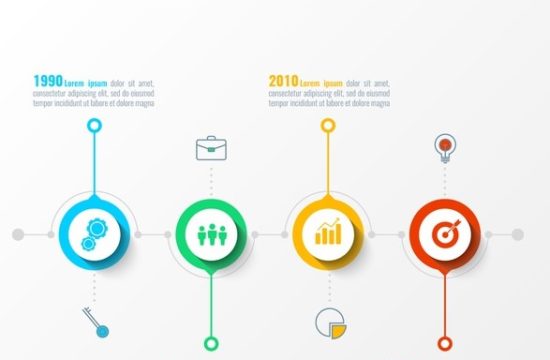In market research, sampling is one important element in conducting and analyzing data. Sampling is used to get opinions from the relevant audience, which usually, only some specific groups of people to get an understanding of the whole group.
Sampling is a strategy that is less expensive as you cannot collect all opinions from the whole group. Using this sampling, market researchers then make careful analysis and draw information on their chosen audience or market.
Sampling Techniques in Market Research
There are some sampling techniques used in market research, such as:
· Convenience Sampling – It is the easiest form of sampling as it takes samples from people who volunteer for questioning. It is easier and helpful for businesses with small budgets to gather relevant information quickly.
· Cluster Sampling – Cluster sampling is often used with larger populations
segregated into clusters then participants are selected randomly from these groups. It’s typically a quick sampling technique that does not involve complete population information.
· Stratified Sampling – Sampling technique with a modified approach of systematic sampling to eliminate the misrepresentative population. It’s separating data according to segments or demographics in the marketing field and then select it systematically from the segments.
· Systematic Sampling – It uses a methodical approach in which selecting people from a larger population with a random starting point and a fixed, periodic interval. It makes sure that the sample is reached to the target population but if it can be expensive and takes time if it’s not located conveniently.
· Pure Random Sampling – Sampling technique in which every person of the target population has the same opportunity to be selected for questioning. This approach makes it easier to identify the population and determine the sampling error.
· Quota Sampling – Sampling technique in which using an approach to gather representative of the overall population. It is similar to stratified sampling with a slight difference. Unlike the stratified sampling, in quota sampling, each stratum must be drawn.
The Plus and Minus of Each Sampling Technique
Each sampling technique presents plus and minus to the data that market researchers collect.
The plus and minus are:
1. Convenience Sampling
Plus: It’s less expensive and quick as subjects are readily available. With a limited budget, market researchers can collect a large amount of data quickly.
Minus: Though it’s quick and less expensive, the sample is not representative of the whole population, thus it may not be quite accurate
2. Cluster Sampling
Plus: – It is easy and quick as it requires you to collect complete population
information .
Minus: Despite the advantages, cluster sampling will be costly if you choose the target population in large clusters. Additionally, it also has a greater risk of sampling error.
3. Stratified Sampling
Plus: It reduces the chance of misrepresentation population and bias of information.
Minus: It may be time-consuming as it requires market researchers to select the sample from each segment.
4. Systematic Sampling
Plus: It is easier to interpret the sample than pure random sampling. Moreover, it is spread across the population so the sample more accurate than the convenience sampling .
Minus: It can be time-consuming if the sample is not conveniently located.
5. Pure Random Sampling
Plus: Easy to draw and interpret the collected information, as well as able to calculate the estimate of the population and sampling error .
Minus: It requires a complete and accurate population listing. Thus, it may not be practical as it requires market researchers to visit over the country that leads to time-consuming and cost a lot of money .
6. Quota Sampling
Plus: Easy and quick to gather information.
Minus: As it’s not random, it’s very risky for bias.












